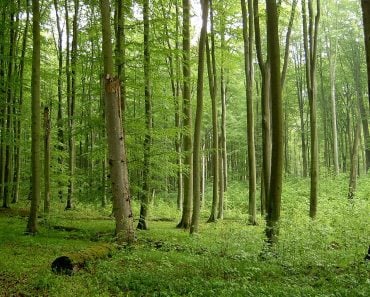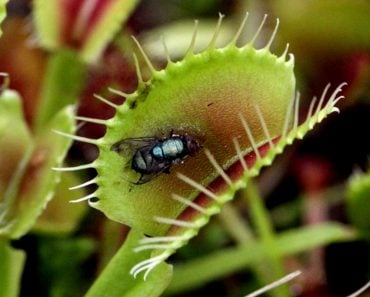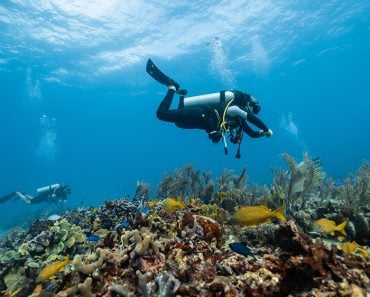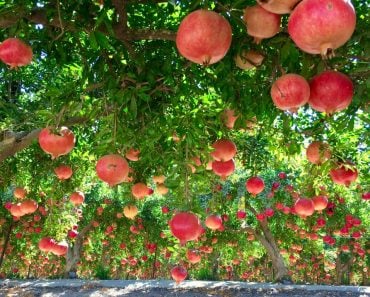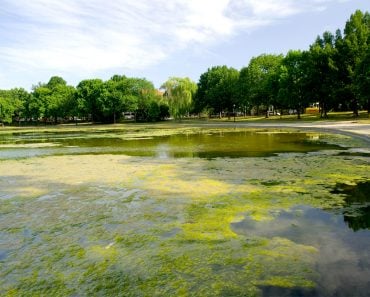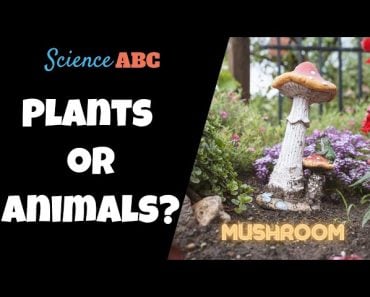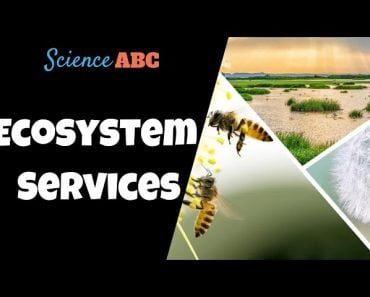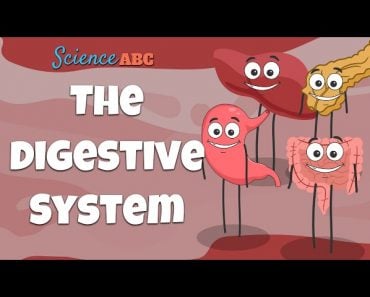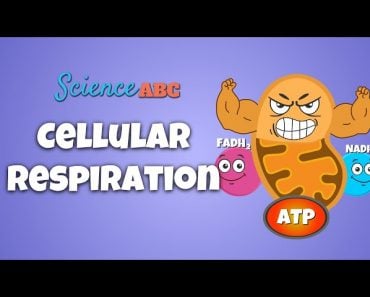Table of Contents (click to expand)
Heterotrophs are organisms that cannot produce their own food through carbon fixation and depend on other sources of organic carbon to fulfill their nourishment requirements.
Heterotrophs are all around us—in the oceans, deserts, forests and perhaps even sitting right next to you!
Technically, organisms that cannot produce their own food through carbon fixation and depend on other sources of organic carbon to fulfill their nourishment requirements are called heterotrophs. Thus, heterotrophs basically include all the animals and other organisms that cannot make their own food internally. Carbon fixation is the process of converting inorganic carbon, i.e., CO2 into an organic form, such as carbohydrates. This conversion is done through the process of photosynthesis. Organisms that can perform carbon fixation to cater their nutritional requirements all by themselves, without depending on other biological sources, are called autotrophs. Plants, trees, green algae and cyanobacteria are all examples of autotrophs.
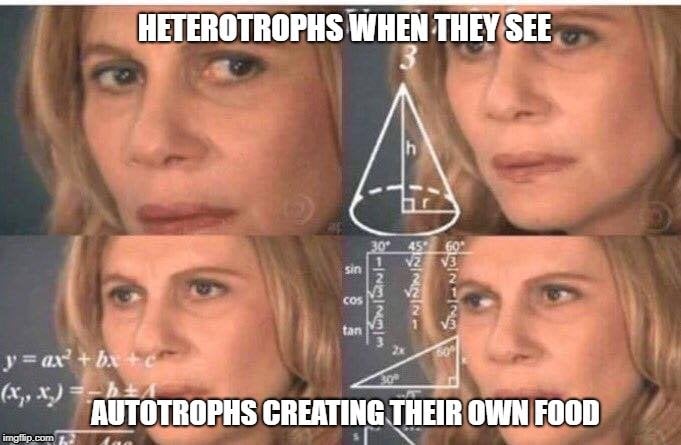
In a food chain, heterotrophs are represented by organisms from primary consumers to apex consumers. In fact, 95% of all organisms on Earth are heterotrophs. The term heterotroph came into existence in 1946 out of the need to classify microorganisms based on their type of nutrition.
Recommended Video for you:
Classification Of Heterotrophs
Based on the energy source, heterotrophs can be one of of two types: photoheterotrophs and chemoheterotrophs.
Photoheterotrophs are the organisms that use light to derive their energy. However, they are unable to use CO2 as their original carbon source and, therefore depend on organic compounds found in other living sources in the environment. Heliobacteria, purple non-sulphur bacteria, and green non-sulphur bacteria are some examples of heterotrophs.
Chemoheterotrophs, on the other hand, extract energy by ingesting preformed organic energy sources, such as carbohydrates, proteins, lipids etc., which have been synthesized earlier by other organisms.
Consumption of processed (and thus reduced) carbon compounds facilitate heterotrophs to use all the obtained energy for important biological processes, such as growth and reproduction. Now, let’s look into some examples of heterotrophs.
Herbivores
Heterotrophs that consume plants and leaves to meet their nutritional requirements are called herbivores. Herbivores make up the primary consumers in any food chain.
Now, self-sustaining autotrophs process complex organic molecules (CO2) during photosynthesis and convert them into energy, in the form of adenosine triphosphate (ATP), during cellular respiration. This ATP is often in the form of simple carbohydrates, such as glucose, as well as more complex carbohydrates, like cellulose and starch.
Besides simple carbohydrates, starch is broken down by most animals. Thanks to the secretion of an enzyme called amylase from the pancreas and salivary glands, which helps in breaking down starch. However, cellulose, a major component of plant cell walls, is hard to digest for many heterotrophs. Fortunately, some herbivores have symbiotic gut flora that help them break down even cellulose into a usable form of energy.
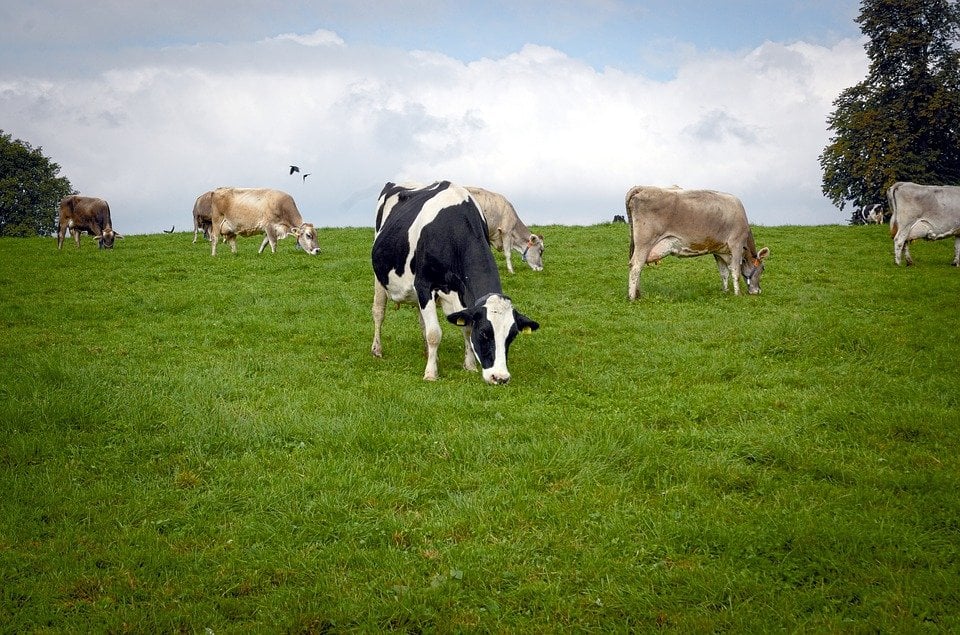
Cows, goat, deer and other ruminants are some of the most popular examples of herbivores. They ferment plant material in special chambers containing the aforementioned symbiotic organisms inside their stomachs. Animals that eat just fruits, such as certain birds, bats and monkeys, are special types of herbivores called frugivores. Similarly, nectarivores are herbivores that get their nutrition from the nectar of plants, which is abundant in simple sugars. Bees, butterflies and some other moths are examples of nectarivores.
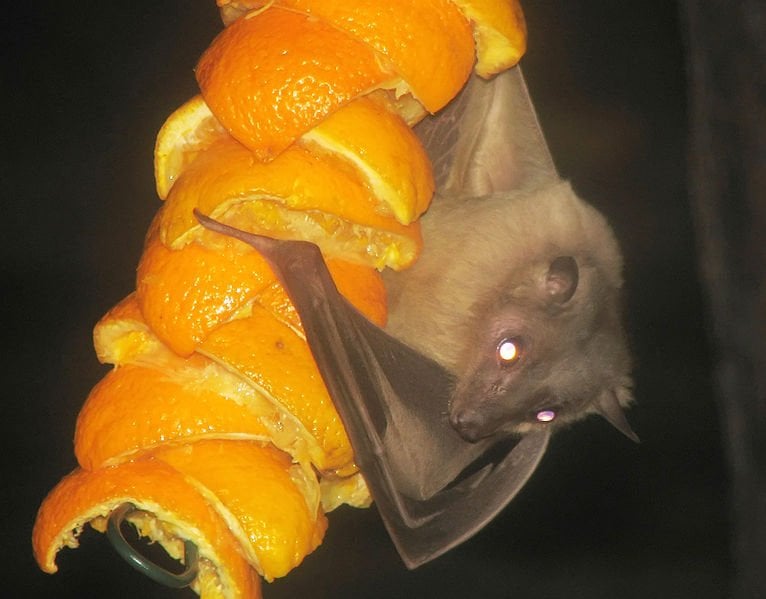
Carnivores
Rather than dining on plants, carnivores are those heterotrophs that prefer to eat meat. Although carnivores generally eat herbivores, certain carnivores (on higher trophic levels) may also eat other carnivores. Carnivores are often referred to as predators.

Lipids (fats) stored in the body of an herbivore are the main energy source for carnivores. Although the supply of glycogen is limited, small proportions of glycogen (a polysaccharide of glucose) can also serve as energy storage and is generally stored in the liver and muscles of the carnivore.
Wolves, lions, tigers and leopards are some popular examples of carnivores. These carnivores have sharp teeth to tear apart the flesh and access the nutrient-dense meat. Hawks, eagles and falcons are some birds that are carnivorous. Thanks to their accurate eyesight, they are able to detect rodents like rats to eat. Marine life also boasts plenty of carnivores. Sharks are a common example that come to mind when we think about ravenous fish looking to prey on other animals. Besides sharks, there are a lot of other carnivorous fish, such as the puffer, lionfish, tigerfish, eel etc.
Some carnivores may be scavengers, i.e., creatures who eat dead animals, instead of directly preying on one. Scavengers play an important role in completing the food cycle and keeping the environment clean by eating the dead population. Without them, our planet would smell unbearably stinky.
Opossums and vultures are two common scavengers that you’ll often see eating rotten or leftover dead animals on channels like National Geographic or Animal Planet. They prefer to eat the flesh of animals that have died recently. One interesting fact about vultures is that their feathers and urine are built to naturally shield against the scourges of bacteria and other such microorganisms, which are plenteous on the carcasses upon which they feed.
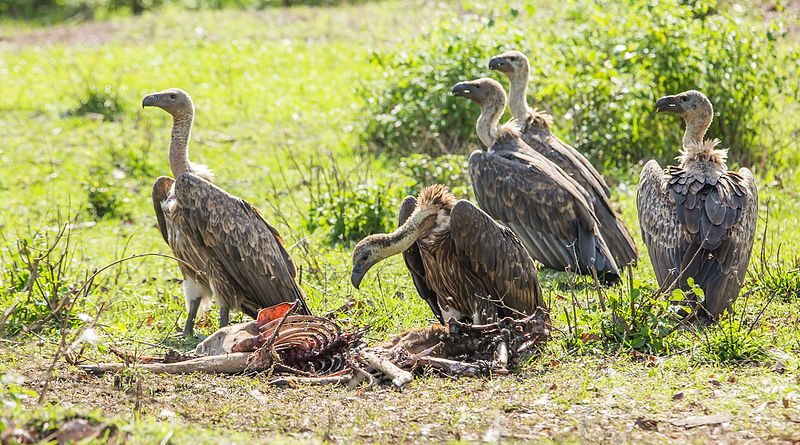
Fungi
Fungi are a special type of heterotroph—they do not directly ingest their food like other heterotrophs, but instead feed by absorption. Fungi have structures called hyphae, which are similar to plant roots. Hyphae grow and form a network through the substrate on which the fungi feeds. Hyphae secrete digestive enzymes to break down the substrate and absorb nutrients from it.
Substrates for fungi include wood, cheese or sometimes even flesh. However, most of them specialize in breaking down a limited range of food items. In fact, some fungi varieties get their nutrition from only a single substrate.
Interestingly, some fungi are useful for us. For example, Saccharomyces cerevisiae helps in the production of yeast, which makes it possible to make bread, cheese and beer. Some fungi are also used in medicines such as penicillin, lovastatin, cyclosporine etc.
References (click to expand)
- Geosc 20 Homepage.
- Prokaryotes, Eukaryotes, & Viruses Tutorial - The Biology Project.
- Biller, S. J., Coe, A., Roggensack, S. E., & Chisholm, S. W. (2018, June 26). Heterotroph Interactions Alter Prochlorococcus Transcriptome Dynamics during Extended Periods of Darkness. (O. Mason, Ed.), mSystems. American Society for Microbiology.



